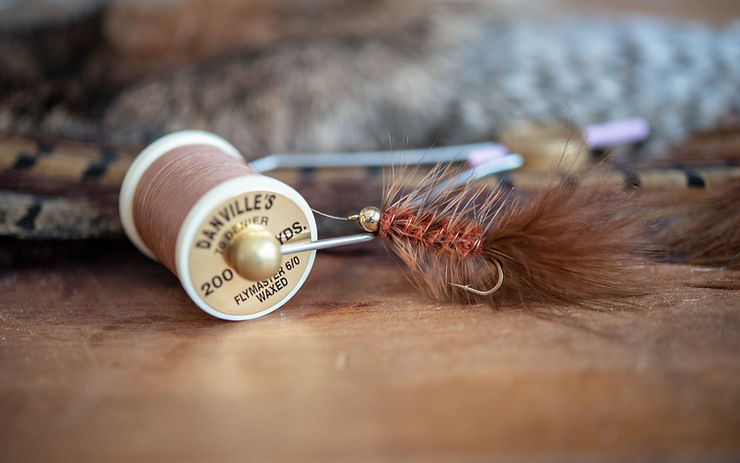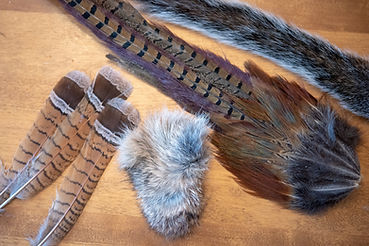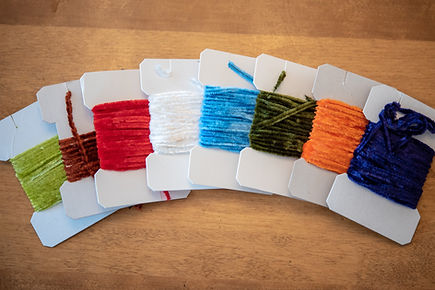Fly Tying: Do’s and Don’ts of Getting Started

The arrival of my first fly tying kit opened up a world of possibilities for me. Not only did I get to feel the joy associated with catching trout on flies that I had tied, but it allowed me to experiment with new creations, make modifications to old patterns and make them my own. I often retreated to my bedroom shortly after dinner to tie flies, only to emerge after putting the finishing touches on a handful of nymphs to find that hours had passed and I still had homework to do.
That was 25 years ago. I’m 41 now, and I still get that sense of “loss of time” whenever I sit down at the vise. More than anything, tying flies helps me focus, drown out the world of politics and talking heads, and focus on what’s really important – what I should tie next. Years from now, I’d hate to think that what I remember from these times is the hate speech tossed like grenades from one party to another. I’d much rather like to believe that this is the year I discovered a new pattern that would eventually become a staple in my fly box, or made a modification to an existing pattern that would result in a banner day that I’ll remember the rest of my life.
Fly tying is a hobby that I would encourage any avid fly angler to at least try. But before you order your first kit, here are a few “do’s and don’ts” to help you avoid the pitfalls associated with getting started.
Do invest in a “deluxe” fly tying kit.
Your first fly tying kit will go a long way toward your enjoyment of the craft. Better kits typically offer more in terms of materials and quality tools, the most essential of which is the vise.
Compared to the start-up costs of other hobbies, fly tying is relatively cheap. You can get a really good kit through a place like Fly Shack: their Deluxe Fly Tying Kit sells for around $100. Another great kit is the White River Fly Shop Deluxe Fly Tying Kit offered by Bass Pro Shops, also less than $100.
When buying a kit, I would look for one that offers the most diverse materials, including hackle, and the deluxe kits certainly provide more options over cheaper versions. These will offer enough variety that you’ll be able to tie a handful of patterns to “test the waters” and see if this is something you’ll enjoy. And trust me, fly tying isn’t for everyone. It requires patience, first and foremost, as well as large amounts of dexterity.
Do invest in quality tools.
Good tools often come with an equivalent price tag, especially when we’re talking about vises. I didn’t realize the difference between adequate and awesome until I upgraded from the vise that came with my fly tying kit to one purchased separately at a fly shop. Not only was I able to make finer adjustments to accommodate smaller hook sizes and incorporate various techniques, but it held those hooks more firmly while I worked on them. That’s a benefit not to be underestimated!
Recently, after years of using that vise purchased at my local fly shop, I finally upgraded to an even more expensive rotary-style vise. Once again, the difference is substantial. But so was the cost.
Do make friends with someone who hunts.
If you’re not a hunter but know someone who is, ask them to save feathers or pieces of fur from any wild game they harvest. It’s a much cheaper way to accumulate materials than any fly shop or online store.
For instance, pheasant tails (especially those from ringnecks) are used in a number of patterns. When purchasing them at a fly shop, prices can get out of hand. A package of two ringneck pheasant tail feathers is currently listed for $7.79 at Cabela’s, but only $2.25 at Fly Shack. Not only does this show the importance of price-shopping before buying materials online, but even though some places are much cheaper, if you know someone who hunts pheasants, you can save a ton of money. The same goes for anyone who hunts deer, elk, rabbits, squirrels, turkeys, or just about any wild game.

Do take a fly tying class.
This is something I wish I had done when I first started tying flies. I could’ve learned a lot of little tricks that would’ve saved me a lot of time and trial and error right off the bat. I learned to tie flies before the internet and You Tube were around, so everything I learned came from books. But having someone demonstrate a process for you in person, where you can ask questions and have them offer tips to improve your technique, is invaluable.
Of course, there are also numerous videos available on You Tube that can help you, too. Just make sure they’re done by a reputable source.
Don’t get into fly tying because you think you’re going to save money over buying flies.
“Frugality” and “fly tying” don’t belong in the same sentence. Unless all you’re ever going to use are simple patterns such as Hare’s Ear Nymphs and Wooly Buggers, for which materials aren’t tremendously expensive, you’ll find that tying flies is a rabbit hole of addiction. You’ll happily splurge on expensive dry fly hackles, stock up on the latest synthetics (every product seems to come in about a million different colors, and of course you need them all!), or add materials to your collection because, well, you just never know when you might need them.

Fly tying should be viewed for what it is: a hobby. Sometimes it’s an expensive hobby, but no doubt there are other hobbies more expensive. The thing about fly tying, though, is that it’s fun, and the more you enjoy it, the more you’ll willingly shell out cash for quality chicken feathers and pieces of dyed animal fur.
Don’t get into fly tying because you think you’re going to make money.
In case you didn’t pick up on it from the paragraphs preceding this one, fly tying tools and materials aren’t cheap. Quality hooks aren’t cheap. Quality hackles aren’t cheap. And prices go up every year.
Shortly after I started tying flies, I got really lucky. I was 16 and knew two guys who’d just bought a sporting goods store. They didn’t have a ton in the way of fly fishing stuff, but when I asked them about selling my flies on consignment, they agreed. The operative word there, of course, was “consignment.” I made a dollar off of every fly sale, but I tied up hundreds of flies ahead of time so that they’d have them in stock. In short, I invested the time in tying and the money in materials with no risk to them. In my mind, it was a win because I absolutely enjoyed tying flies and would’ve spent hours doing so whether I was planning to sell them or not.
And I did make some money from sales. From March through June, every couple weeks I got a check for $50-150, which was enough gas money to support my fishing habit and replenish my materials. Unfortunately, I didn’t live in a good area for year-round trout fishing, so once summer rolled around and everyone switched over to warmwater species, my income dried up.
Nowadays, the internet has changed how I reach customers, and The Fly Shop is a major component of Keystone Fly Fisher. But I’ve worked really hard at it, and every fly I sell is tied by me and nobody else, and if I actually broke down the cost of everything and tried to figure out my hourly wage, I’d probably cry. (There’s a reason I’m a writer and fly tyer, and not just a fly tyer!) So unless you absolutely love it, can tie quality flies quickly, and are willing to keep tying even after it stops being fun, don’t get into it with the mindset of quitting your day job.
Do have fun and don’t be afraid to experiment.
Above all, have fun, and don’t be afraid to tap into your inner scientist. One of the main joys of fly tying is being able to conjure up the next great pattern, at least in my mind, and see if it works. And when you do catch fish, or have a banner day, using a fly that you tied or invented yourself, it’s a tremendous feeling of accomplishment and satisfaction.
Fly tying is a craft, a skill learned over time. You don’t start out being great at it, so don’t be hard on yourself if you’re not churning out beautiful patterns right away. You’ll get better, trust me. The more you do it, and the more you enjoy it, the more proficient you’ll become.
Just don’t be surprised if, someday, you look up from your fly tying desk and find that hours have passed even though it felt like only minutes, or that you’ve forgotten about all of the madness going on in society right now. I have little doubt that the world would be a better place if everyone turned off the news and just started tying flies. How about it…care to join me?
Did You Enjoy Reading About the Do's and Don'ts of Fly Tying?
Stay up to date with the Dark Skies Fly Fishing monthly newsletter for free and receive the latest in fly fishing news, tricks, tips, and techniques, stream reports, as well as updates on new flies added to the Online Store and exclusive discounts!
Sign Up Now